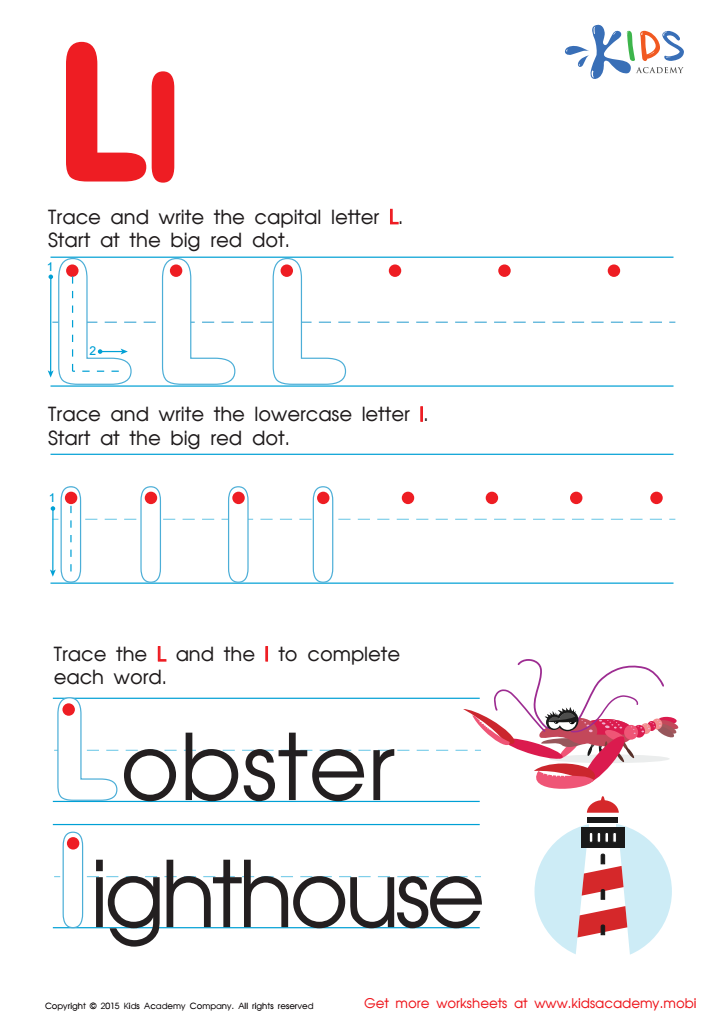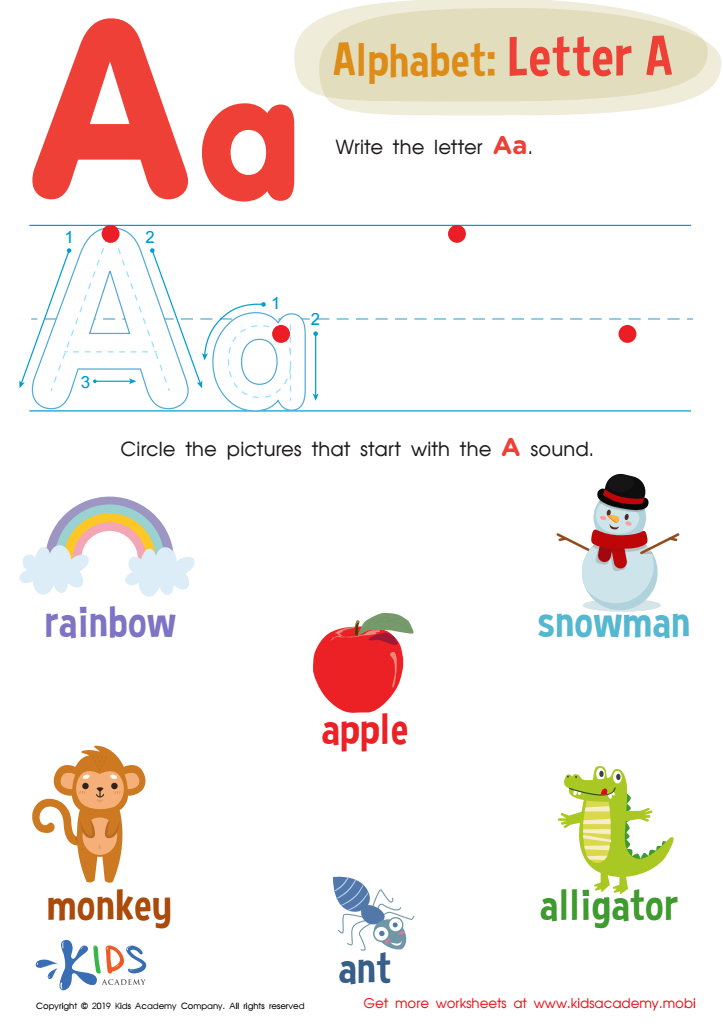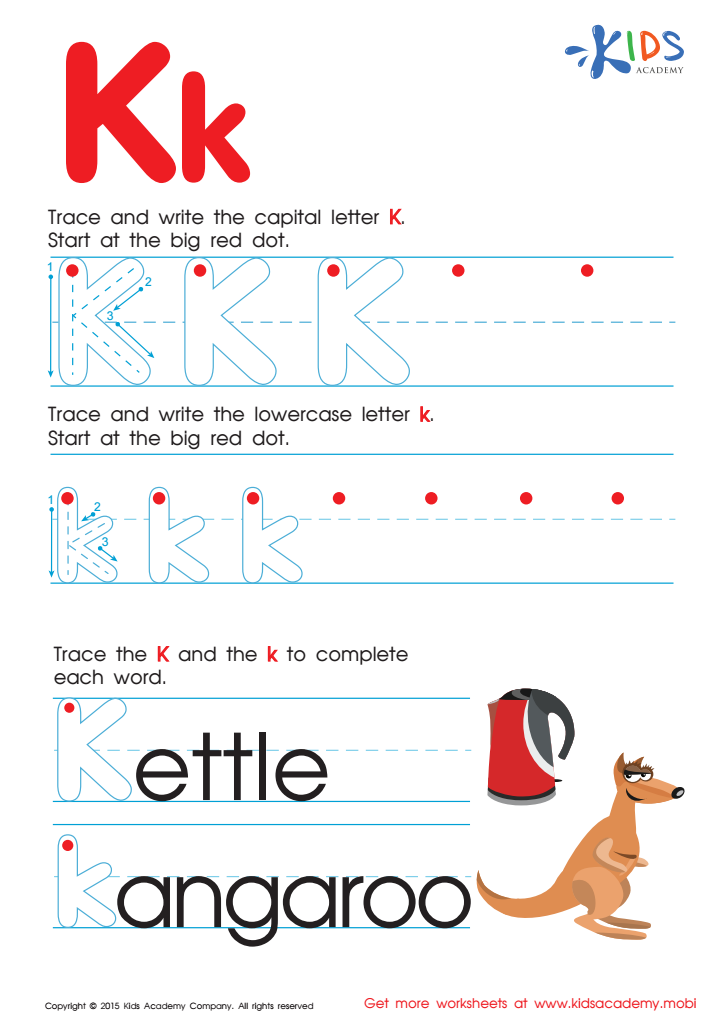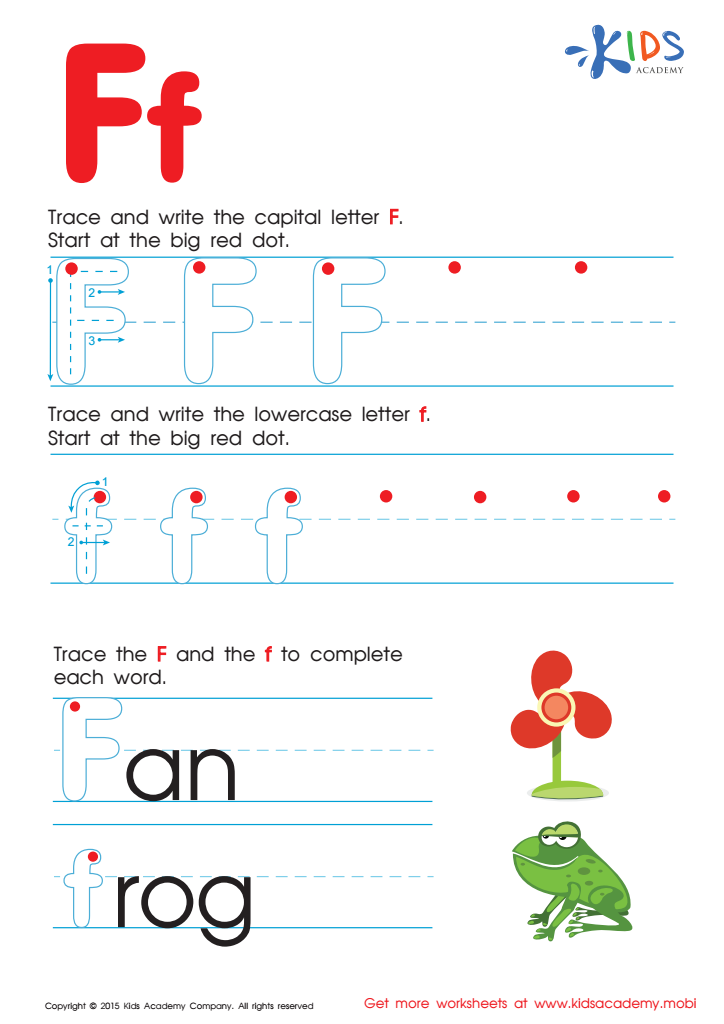Letter recognition Normal Tracing Letters Worksheets for Ages 5-9
9 filtered results
-
From - To
Introduce your child to the joy of learning with our Normal Tracing Letters Worksheets, designed for ages 5-9! These engaging worksheets promote letter recognition, essential for reading and writing success. Perfectly tailored for young learners, each printable provides clear tracing paths, allowing kids to practice forming both uppercase and lowercase letters. Our worksheets offer a fun, interactive approach to reinforce letter sounds and enhance fine motor skills. Easy to use and perfect for home or classroom activities, they'll inspire your child to embrace the wonders of the alphabet. Unlock their potential with our enjoyable and educational tracing resources today!


Letter P Tracing Page


Letter Q Tracing Page


Letter H Tracing Page


Letter G Tracing Page


Letter L Tracing Page


Letter A Tracing Worksheet


Letter K Tracing Page


Letter F Tracing Page


Letter D Tracing Page
Letter recognition and tracing are crucial components of early literacy development for children ages 5-9. This stage lays the foundation for reading and writing skills, making it essential for parents and teachers to prioritize these activities.
First, letter recognition enables children to identify and understand the symbols of written language. Mastering both uppercase and lowercase letters is vital, as it enhances their ability to process language, which is fundamental for reading comprehension. Tracing letters helps them practice fine motor skills, fostering the hand-eye coordination necessary for effective handwriting.
Moreover, engaging in tracing activities reinforces memory connections between letters and their corresponding sounds, forming the basis for phonics. As children trace letters, they develop visual memory, aiding their ability to recall letters when reading or writing independently.
Incorporating tracing and recognition into daily routines encourages a love for learning and reading, creating lifelong learners. Furthermore, cooperative tracing activities can boost social interaction, as peers work together to master letters.
Overall, fostering letter recognition and tracing builds critical skills that enhance literacy, support future academic success, and develop a child’s confidence in reading and writing. Therefore, families and educators must act together to nurture these foundational abilities.
 Assign to My Students
Assign to My Students















